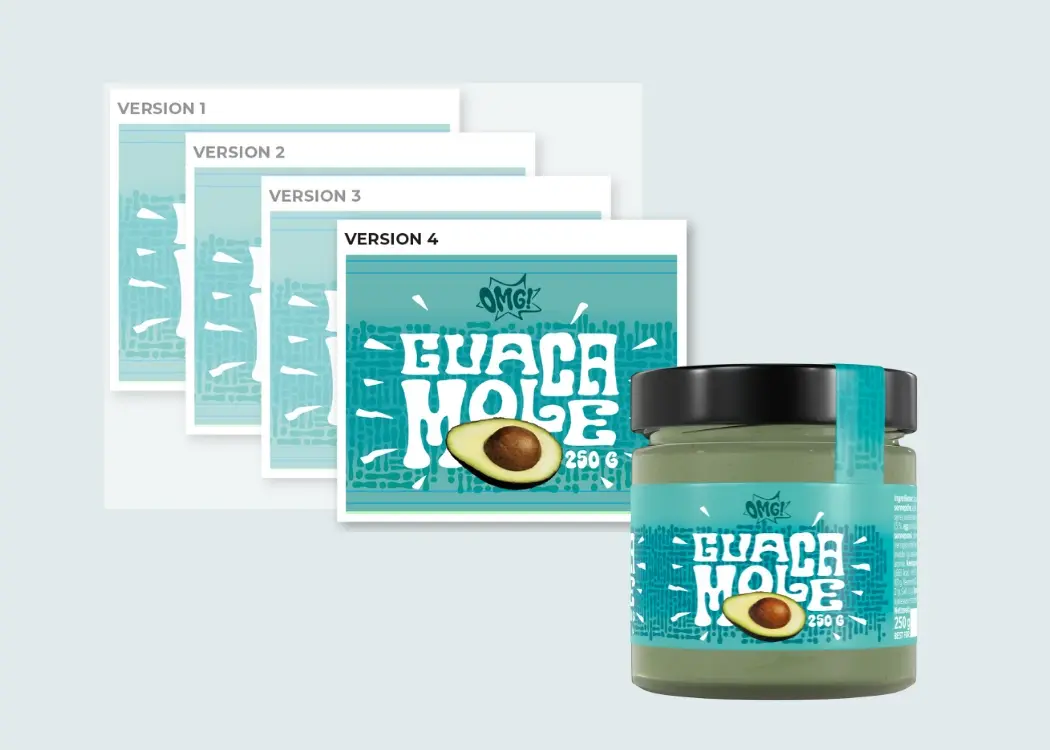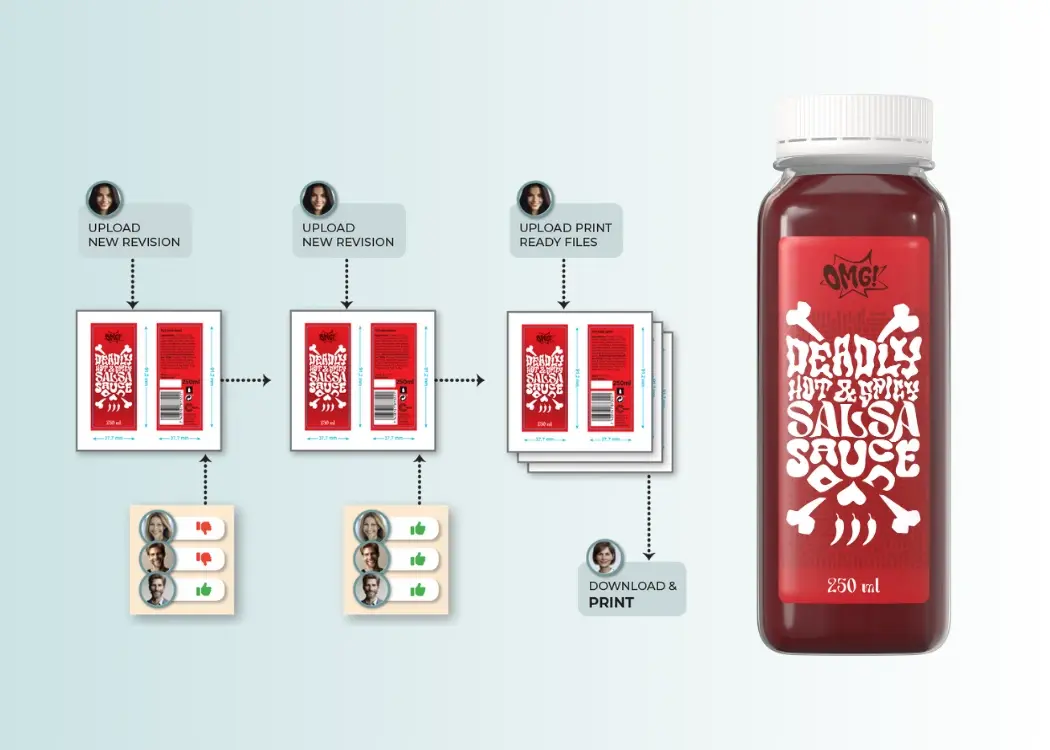Mastering artwork and design version control
As creative teams expand, product lines diversify, and compliance requirements tighten, managing design assets has never been more complex. Artwork...
3 min read
 Ekaterina Skalatskaia
:
August 22, 2025 at 11:15 AM
Ekaterina Skalatskaia
:
August 22, 2025 at 11:15 AM

If you're part of a marketing team, you're probably no stranger to the back-and-forth that comes with getting creative content approved. Whether it’s an email campaign, social media post, or a new ad, the approval process can feel like it drags on forever, slowing down the whole project. But it doesn’t have to be this way. Let’s take a closer look at why creative approval can be so slow and explore some smart ways marketing teams can speed things up.
Creative approval is the process where all the key players—whether that’s the design team, content creators, or senior managers—review and give their final nod to a piece of content before it’s published. This process is crucial because it ensures that the content aligns with the brand’s voice, message, and goals. However, the approval process can often be the biggest hurdle in getting content out the door.
For many marketing teams, the approval process can feel like a series of hurdles that slow down progress. This isn’t just about ticking boxes; delays in approvals can push deadlines, delay product launches, and impact your marketing efforts.
Transform Your Packaging Artwork Process with Cway!
Discover how Cway makes artwork management faster, simpler, and error-free. Book your free consultation now!
If you’ve ever found yourself waiting for feedback that seems to take forever, you’re not alone. Here are some common reasons why approvals can be slow:
One of the most common frustrations in creative approval is receiving vague or unclear feedback. When feedback isn’t specific, it forces teams to go back and forth to clarify what’s needed, leading to delays. To learn how marketing teams can give clear, actionable feedback and separate internal from external input, read how to manage design feedback effectively on Cway’s blog.
The more people that need to weigh in on a piece of content, the more opinions you have to consider. This can make it harder to reach a decision and can slow the process significantly.
Often, content goes through several rounds of edits, with each round creating more time between the initial idea and final approval. This can quickly add up, causing unnecessary delays. To see how marketing teams can reduce repeated revisions and speed up approvals, check out the benefits of using online artwork approval software on Cway’s blog.
It’s not uncommon for content to get a “final” approval, only to have a manager or team member request changes at the last minute. This can throw off the whole schedule and delay the project. To learn how marketing teams can handle last-minute changes more efficiently and keep approvals on track, read our guide to the top visual feedback tools for packaging on Cway’s blog.
Get Control Over Artwork Approvals
Learn how to speed up design and approval cycles without sacrificing quality.
Read our practical guide.
So, how can marketing teams take control and speed up the approval process without compromising quality? Here are a few tips that have worked for many teams:
One of the easiest ways to speed things up is by using the right tools. Cway’s collaborative platform offers real-time feedback and approval capabilities, making it easy for marketing teams to leave comments directly on the content. With everything in one place, team members can track changes and review content without sifting through back-and-forth emails. This eliminates confusion, saves time, and ensures everyone is on the same page throughout the process.
At the start of a project, it’s essential to set clear expectations with everyone involved. Make sure everyone knows the deadlines, what feedback is needed, and who has the final say. This can help avoid delays caused by confusion or last-minute requests.
Giving clear, specific feedback is key. Teams can help by developing a set of guidelines for feedback that encourages everyone to be concise, constructive, and direct. This ensures that the content creator knows exactly what needs to be changed and why.
While it’s important to get the right input, too many cooks in the kitchen can slow down the process. Limiting the number of people involved in the approval process can help keep things moving quickly. Ideally, there should be a few key decision-makers who can give their input, without everyone needing to approve every single detail.
Instead of multiple people sending separate feedback at different times, it’s a good idea to consolidate all feedback into one message. With Cway, you can gather all feedback in one centralized location. This collaborative approach makes it easy to address everything in one go, reducing the need for piecemeal responses and ensuring the approval process stays organized and efficient.
Adding review deadlines can also help prevent things from dragging on. Cway’s platform lets you set clear timelines for when feedback is due, ensuring that reviews are completed on time. By using the built-in reminder and notification features, teams can avoid long waits and keep the approval process on track, ensuring a quicker turnaround for all content.
Creative approval doesn’t have to be a bottleneck. With the right tools, clear expectations, and a streamlined approach to feedback, marketing teams can speed up the content sign-off process. By cutting down on delays and reducing unnecessary back-and-forth, teams can get their content to market faster and keep campaigns on track.
So, the next time you find yourself stuck in the approval process, try out these tips to keep things moving smoothly. The less time you spend on approvals, the more time you’ll have to focus on creating content that truly connects with your audience.

As creative teams expand, product lines diversify, and compliance requirements tighten, managing design assets has never been more complex. Artwork...

In the race to capture consumer attention, packaging can make or break a product. Yet, managing packaging design isn't as straightforward as briefing...

Picture this: a brand is preparing to launch a new product. Designs are flying across email threads, approvals are stuck in endless loops, and the...